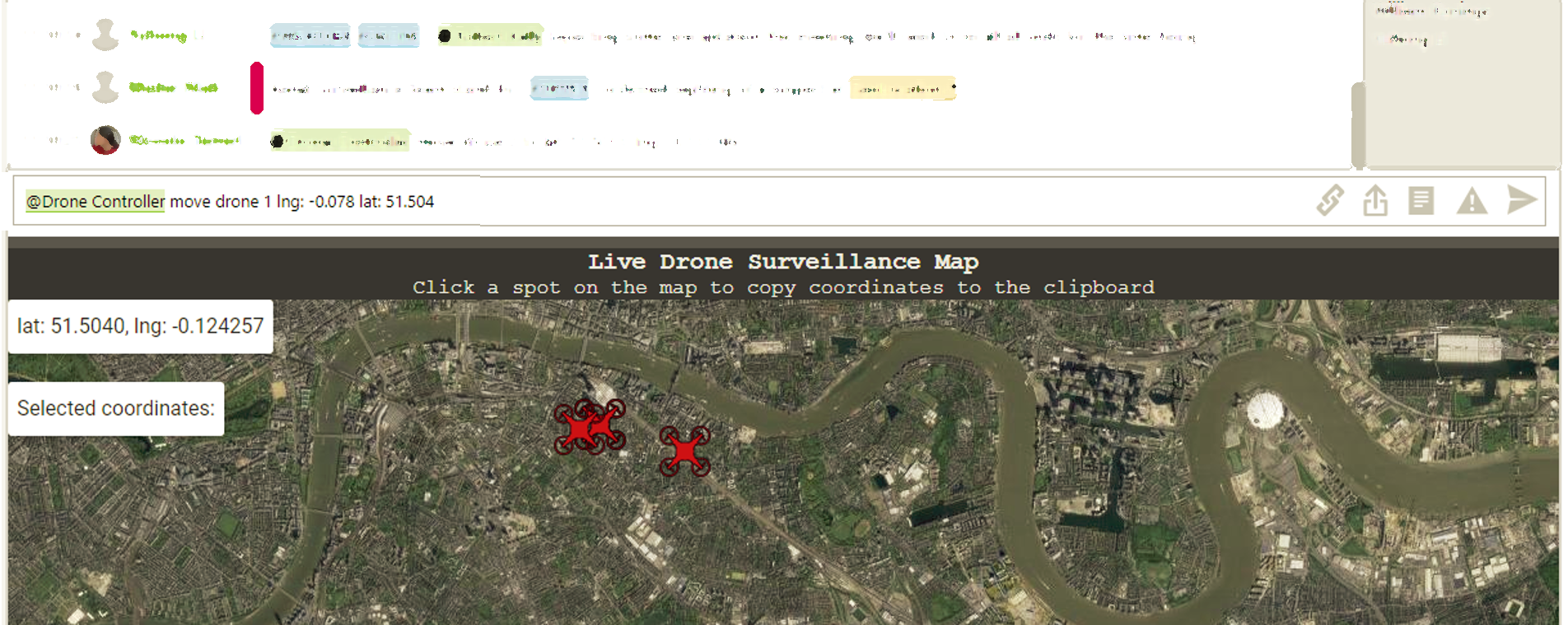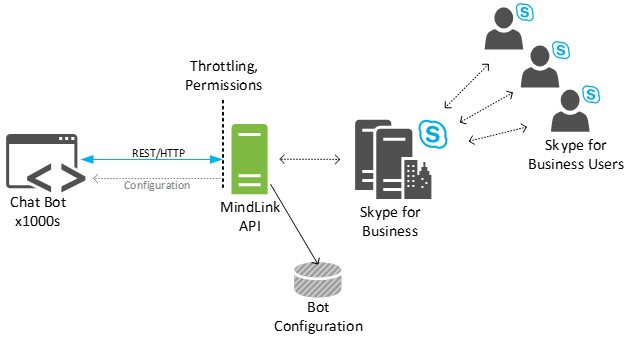Launching: MindLink Chatbots
MindLink is pleased to announce the launch of MindLink Chatbots! Build your own, use a ready-made bot or have MindLink develop your custom enterprise...
3 min read
Will Konings : Aug 17, 2018 1:31:57 PM

The rise of enterprise chatbots has had a tremendous impact on organisational productivity, the lack of a centralised management framework around a large scale inventory of bots presents a variety of problems, especially in terms of business continuity. MindLink presents a new way forward to tackle these concerns and assure the reliability and maintainability of business critical bots now and into the future.

With a wealth of chatbots and information about chatbots available in the B2C space, we want to draw focus and take an in-depth look at chatbots in an enterprise scenario. Chatbots themselves aren’t that new. With the first virtual personality program: ELIZA developed in the 1960s and later with Maudin who coined the term ‘chatterbot’ with his prototype: Julia, in 1989. Though no longer the subject of novelty — the scope and application of chatbots have made significant strides in the last decade or so, particularly as a tool for the enterprise.
Since the inception of the first chatbots organisations have been finding ways to adopt chatbots as an essential way of doing business both internally and externally. So much so that conducting business without them would fall under the notion of crazy talk. MindLink has been a part of this process for many years and understand that over the years chatbots have become business critical. Traditional business workflows have evolved to include more chatbots. This resembles a milestone in the digital transformation era witnessed by organisations spanning the globe. The frequent inclusion of chatbots is a trend that has continued with pace since 2016 and beyond. In this context enterprise chatbots are a disruptive technology which has raised the bar for organisational productivity. The rise of enterprise chatbots has helped many organisations secure a competitive edge through increased efficiency, comparative to traditional business workflows resulting in significant cost savings and lower lead times across projects.

Above: Fictive drone bot example, controlling drones using chatbots
Chatbots are commonly perceived as a conversational tool, however their capabilities represent a far more powerful notion: integrating (business) processes through chat. The list of chatbots used by organisations today is virtually endless but essentially all chatbots relate back to this principle. From requesting a stock price in a chatroom on the trading floor, to RSS/Social feeds posting into channels filtered by predetermined topics or hashtags, to JIRA tickets and CRM information published in team conversations, to controlling drones directly through the message input, we are merely scraping the surface of enterprise chatbots and their importance.
With the increasing emergence of enterprise chatbots, especially those that weren’t designed for older unified communications (UC) solutions, many of the chatbots developed in the past have been migrated across to current UC systems, more specifically Microsoft Lync and Skype for Business. The way in which these chatbots have been developed and/or migrated has not followed a specific template or standardised process. Chatbots developed against legacy systems as well as the way they have been coded to function against more recent platforms, has been left largely at the mercy of small development teams within the departments in which they are required. This results in the adoption of non-standardised practices for the creation of chatbots, which may be problematic for organisations to deal with in the future. Problems that have been identified in the past and currently, include limited visibility, control and analytics for the number of bots in use, what each specific bot does, who they are required by and how they have been provisioned, simply because they have been created ad-hoc or rather, patched against the system. This trend, or lack of one, calls upon a standardised process or method to write and provision chatbots against an organisation’s unified communications platform to address these problems and promote business continuity.
To address the problems described, organisations must achieve a harmonised standard for the development of chatbots against their UC platforms. A standard that allows for centralised provisioning and control over each chatbot, real-time analytics for chatbot activity and a simplified method to code enterprise chatbots. When applied to Microsoft Lync and Skype for Business this is precisely MindLink’s area of expertise.

As experts in the field of unified communications, MindLink’s customers have frequently encountered some of the problems outlined above. Driven by demand we’ve created a solution that addresses these issues and provides a harmonised standard for chatbot creation and brings conformity to the management, provisioning and control for chatbots in their respective UC environments. The MindLink API allows developers to write chatbots using minimal amounts of code and UC administrators have better visibility and control over any of the active chatbots. With the ability to throttle the activity of individual chatbots the MindLink API acts as a protective layer for the underlying UC platform, preventing the platform from being overloaded by external systems.
>> Rather not code your own? Find out more: Ready-made, Skype for Business chatbots
The nature of developing chatbots in an ad-hoc manner in the past has made it difficult to maintain tight-knit control over a high scale inventory of enterprise chatbots. Given the lack of a uniform approach, there is an urgent need to adopt a strategy that employs only the best practices to create a harmonised standard for enterprise chatbot development and management. The MindLink API allows organisations to offer a fully managed bot ecosystem for Microsoft Lync and Skype for Business. With a formalised framework in terms of architecture, design and security controls it acts as a centralised management tool for chatbots written against Skype for Business and other Microsoft Unified Communications solutions. Whereas Skype for Business chatbots aren’t new, strategies to manage a large inventory of chatbots are. The MindLink API’s centralised management capability enhances visibility, analytics, maintainability and security around the enterprise chatbot strategy especially at scale.
>> Click here for a free trial of the MindLink API

MindLink is pleased to announce the launch of MindLink Chatbots! Build your own, use a ready-made bot or have MindLink develop your custom enterprise...

In our earlier posts we touched upon the fact that chatbots aren’t that new. Yet there is novelty in their scope and application and with that,...

In this blog we're going to look at how to write chatbots for Skype for Business Persistent Chat (PChat) through the Microsoft APIS and the MindLink...